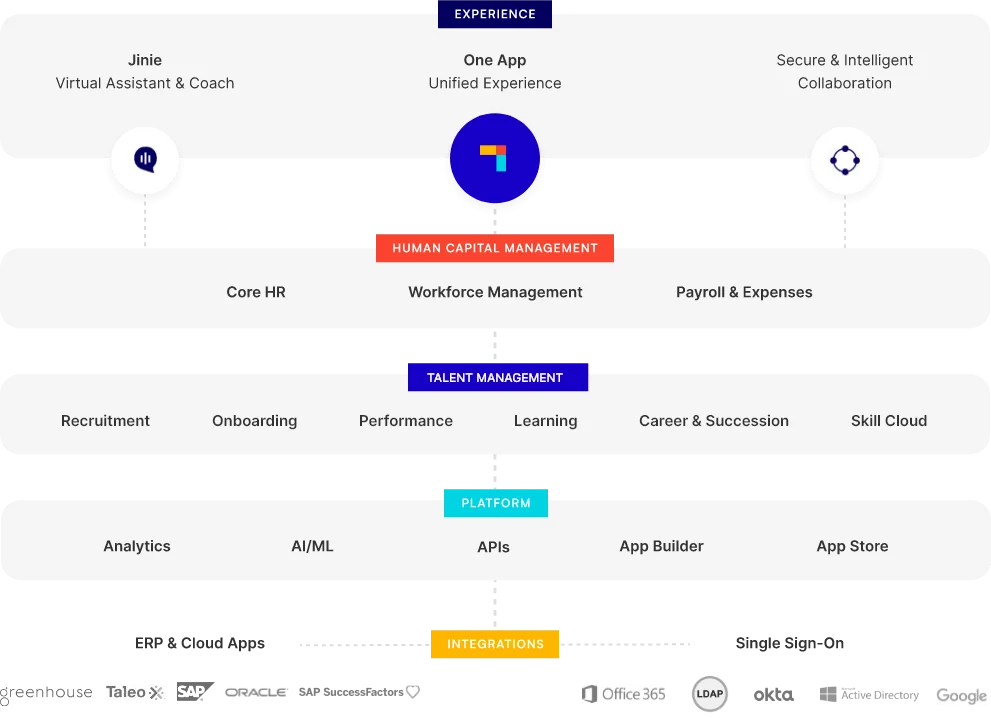The NLP engine behind chatbot technology is not a differentiator anymore, but more of a building block. The real feat lies in getting the context right.
Modern workplaces are getting more conversational in nature. Collaboration tools such as Slack, Flock, Messenger, etc. are slowly becoming indispensable for the modern employee. With the increasing penetration of WhatsApp, employees are getting habituated to conversations at the workplace.
Millennials look for instant gratification and it also extends to how they look for data for information purposes. They do not want to raise a helpdesk query and wait for an answer, say, just to know about a company policy.
Making sense of the chatbot chaos
But the other side of the coin raises some questions. For instance, while interacting with most of the chatbots today, the user doesn’t quite get the experience he is looking for.
While in theory, chatbots are ‘intelligent entities’, interacting with one feels quite mechanical and sometimes funny in several cases. The biggest reason for this is the response, which is generic and not personalised. However, chatbots were not created to replace human-interactions, and they cannot do so. They were built to serve as personal assistants. But, did you notice the word personal here?

Disengaged employees are a huge business loss for organizations. The risk lies in underutilized capabilities – if employees do not feel productive, it increases the likelihood of them leaving the organization. It does not just stop there, however, as this disengaged employee could also influence colleagues – resulting in a ripple effect.
Vishal Saha
CTO, PeopleStrong
It is the subconscious human mind’s need to feel valued and socially accepted. Similarly, at workplaces, an employee becomes engaged if he feels valued in the organization. Disengaged employees are a huge business loss for organizations.
The risk lies in underutilized capabilities – if employees do not feel productive, it increases the likelihood of them leaving the organization. It does not just stop there, however, as this disengaged employee could also influence colleagues – resulting in a ripple effect.
In such a scenario, the solution would be for an HR to provide personal attention to every employee to keep them engaged, though it is not humanly possible. The chatbot does not exist to replace, but empower the HR to provide personalised attention to each employee. Tailored outcomes are more engaging for the workforce as they cater specifically to their expectations. Hyper-personalization is not an option anymore, but a necessity for chatbots to survive at workplaces.
Key lies in conversational and contextual
By hyper-personalization, we want to stress upon the point that chatbots need to be contextual than just being a query answering machine. For example, if a male employee looks up the maternity policy of an organization, the bot should understand the user could actually be looking for information on the paternity policy, which is applicable in this particular case and it should respond accordingly.

While in theory, chatbots are ‘intelligent entities’, interacting with one feels quite mechanical and sometimes funny in several cases. The biggest reason for this is the response, which is generic and not personalised. However, chatbots are not created to replace human-interactions, and they cannot do so.
Harsimran Walia
AVP-Technology, PeopleStrong
If you know and understand the user, the bots could also be more human-like and become conversational in nature. If I inform the chatbot that I am sick today, the bot can recognize it’s a working day and prompt me if it should apply for sick leave. The user can respond with an affirmative and viola, the leave gets applied.
But the conversation should not end here. As we are moving towards an open and connected world, there is more value that can be minted from the bot-human interaction. The bot could follow-up by asking if the user wants to talk to an online doctor immediately.
The way ahead for bots
The idea is – Why should hyper-personalization stop at bots replying in conversations? It should be able to help users proactively without the restrictions of categories like ‘personal’ and ‘organizational’.
In the hyper connected era of the internet of things (IoT), a bot could monitor my breathing and heart rate in real-time. Following this, it could alert me if I need to pause and take a deep breath. At the same time, it could also remind me that I need to book a cab for a meeting outside the office, and go ahead with the booking.
The NLP (Natural Language Processing) and NLU (Natural Language Understanding) engines behind chatbot technology are not the big differentiator anymore, but more of a building base. The real differentiator is in understanding user behaviour and hyper-personalising the output via advanced machine and deep learning, which makes an employee’s life better and more productive.
This article was published on CIO.










